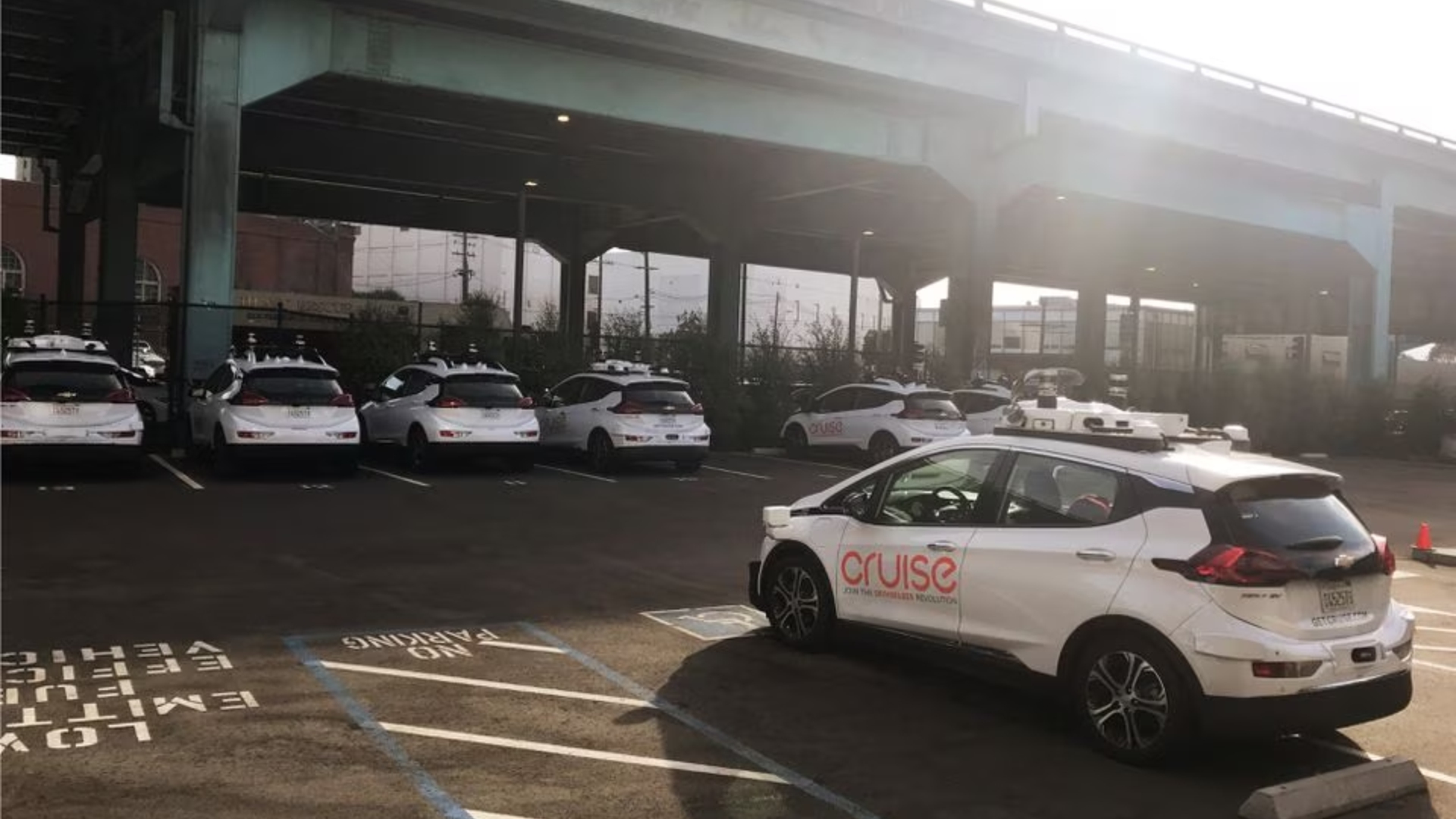WASHINGTON/SAN FRANCISCO, (Reuters) – General Motors’ Cruise unit on Tuesday raised its offer to resolve an investigation by a California regulator over its delay in disclosing the details of a pedestrian crash involving one of its self-driving cars.
An administrative judge questioned why Cruise deserves “discounts” to the penalty, and a Cruise representative offered to pay $112,500 to settle the case, up from a previously proposed $75,000 at a hearing by the California Public Utilities Commission (CPUC).
The judge grilled officials at Cruise and Quinn Emmanuel over the incident, after the CPUC in December accused Cruise of misleading the agency and the public “through omission” on the extent and seriousness of the accident.
On Oct. 2, a pedestrian hit by another vehicle was thrown into the path of a self-driving Cruise vehicle and dragged 20 feet. A person familiar with the matter said recently that the woman suffered serious injuries, but was expected to survive.
California suspended the company’s driverless testing license, and Cruise pulled all its U.S. self-driving vehicles from testing. The unit’s CEO Kyle Vogt and co-founder Dan Kan resigned in November.
“I appreciate you are making some corrective actions but at the same time, I’m just sort of bothered when I look at the totality of facts,” Administrative Law Judge Robert Mason said at the hearing.
Craig Glidden, chief administrative officer for Cruise, said: “It was regrettable. It was a mistake. And Cruise is attempting to make right with the mistake. We want to get the matter settled because we want to move forward.”
In December, the CPUC said a Cruise official telephoned a commission analyst the day after the crash but “omitted that the Cruise AV had engaged in the pullover maneuver which resulted in the pedestrian being dragged an additional 20 feet at 7 mph.”
John Potter, a lawyer for Quinn Emmanuel, said Cruise initially offered to show a full video of the accident, but the CPUC official declined the proposal.
“It’s not enough to really make an offer to show a video. There should have been an affirmative declaration that the car engaged in a pullover maneuver and dragged the pedestrian,” he said.
As part of settlement offer, Cruise also pledged to boost its reporting of collisions to the commission, saying “the reckoning for Cruise in the aftermath of the Oct. 2 accident has been swift and extensive.” The unit has fired nine executives over the October crash.
The company commissioned a report from law firm Quinn Emanuel that said Cruise did not intend to mislead. A separate technical review by engineering firm Exponent found the Cruise vehicle suffered from mapping errors and incorrectly identified hitting the woman as a side impact collision, the report stated. Cruise has since updated its software.
The judge also asked about the “us versus them” mentality at Cruise identified by the report. Potter said that mentality “permeated the corporation” adding “there was an adversarial posture” toward the media and regulators.
In December, Cruise announced it was cutting 24% of its workforce. GM said last week it was cutting spending by about $1 billion at Cruise in 2024.
The same month, the National Highway Traffic Safety Administration opened an investigation into pedestrian risks at Cruise.
Reporting by David Shepardson, Abhirup Roy and Hyunjoo Jin; Editing by David Gregorio and Michael Perry











